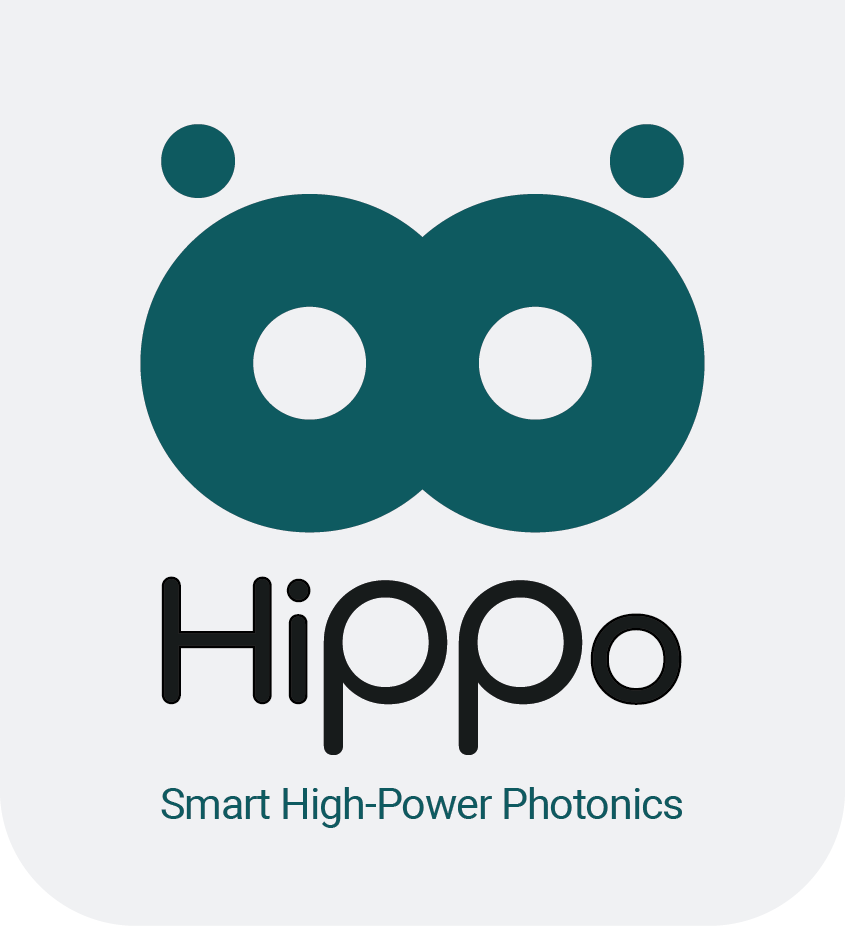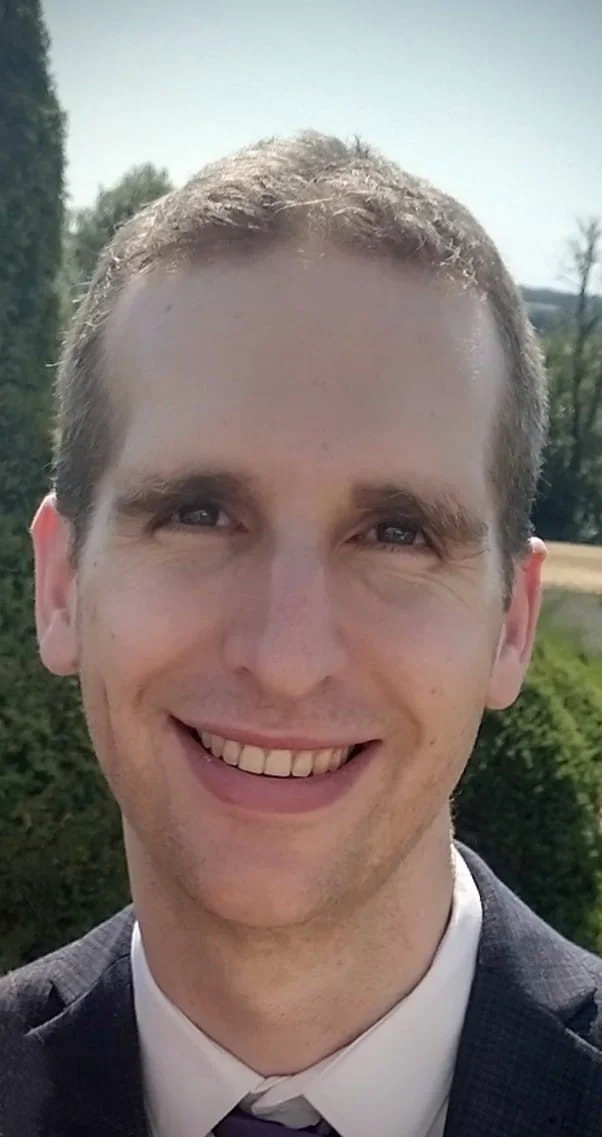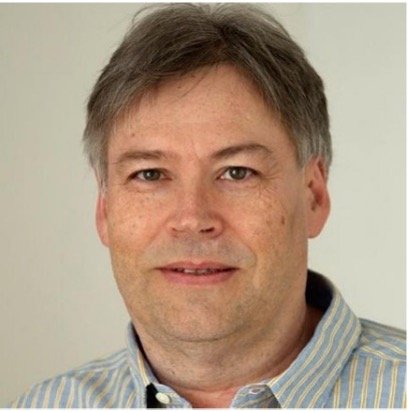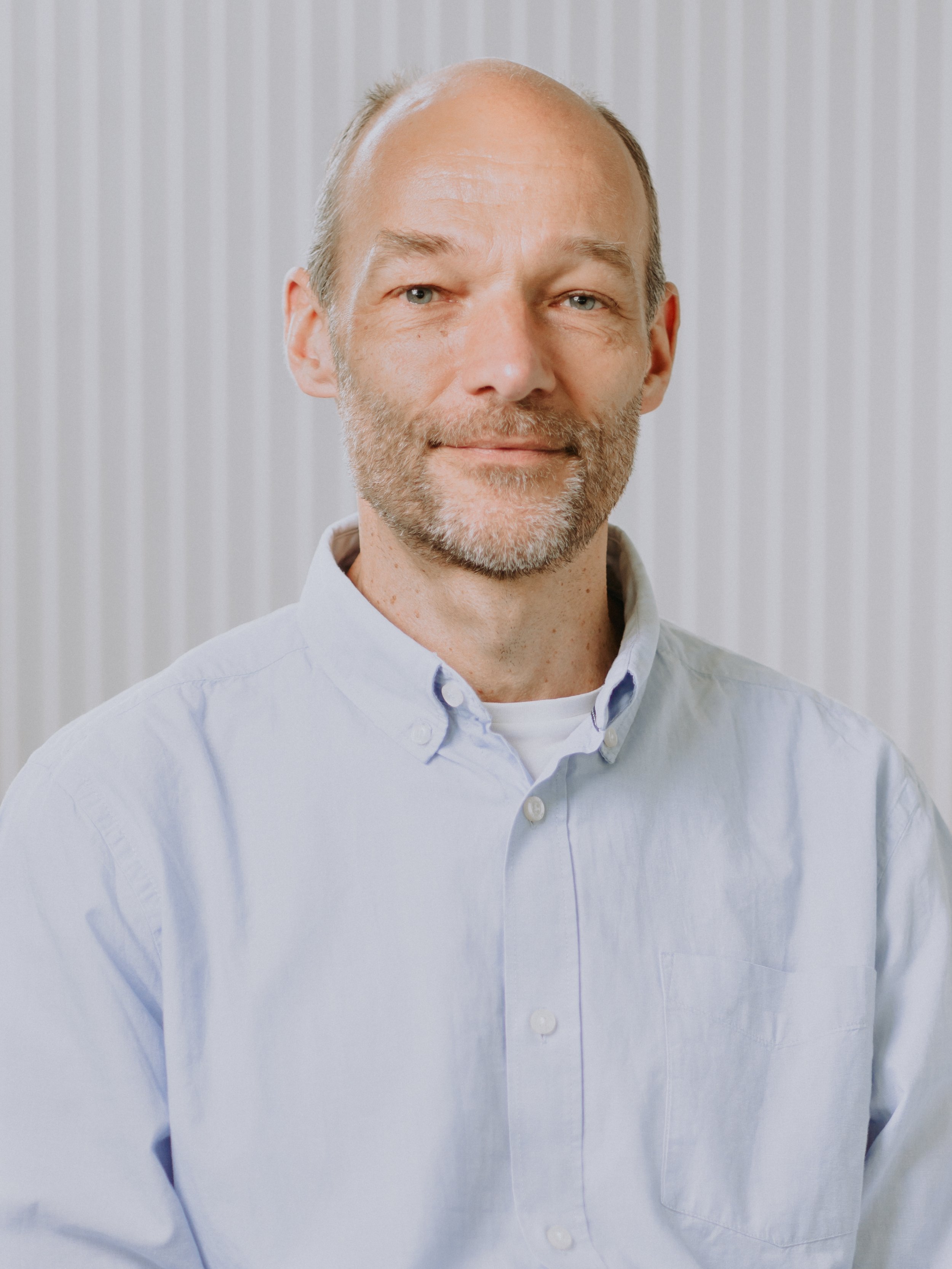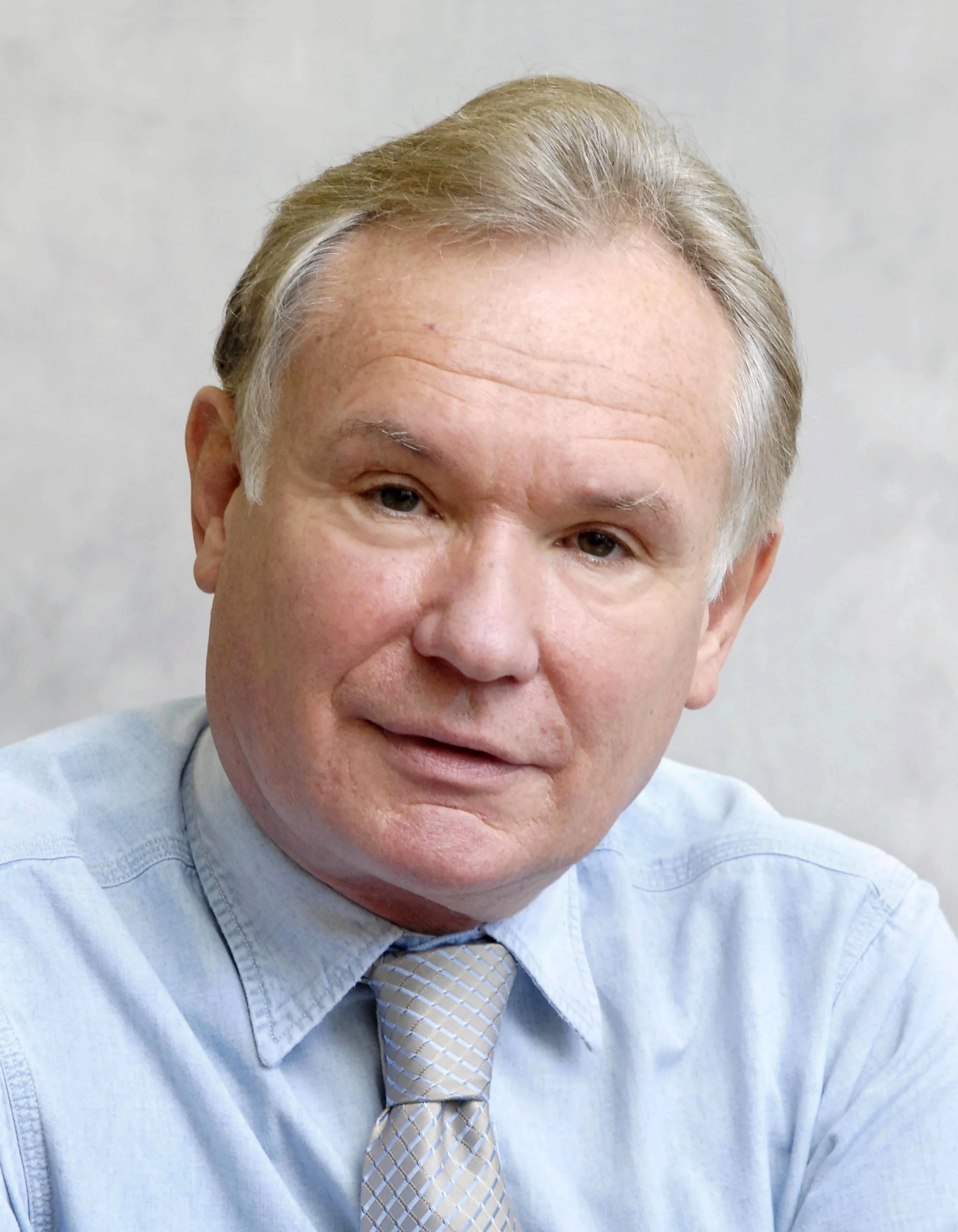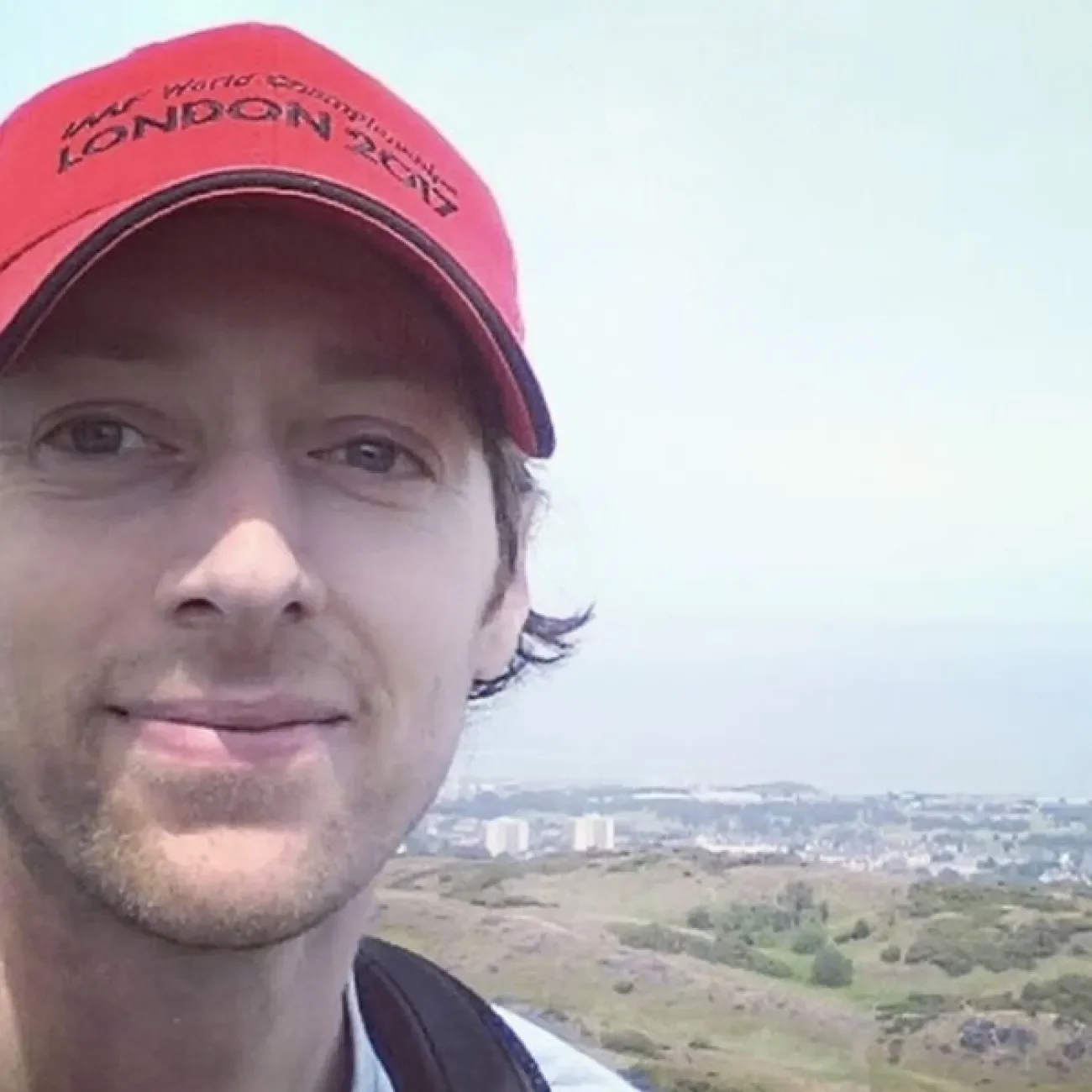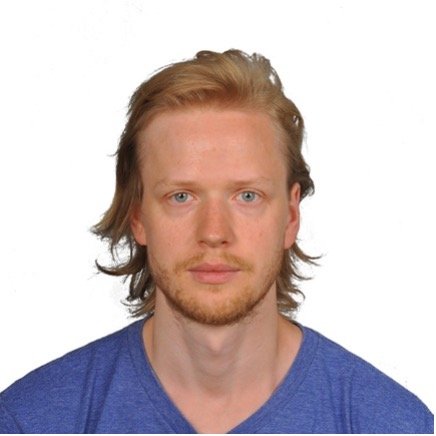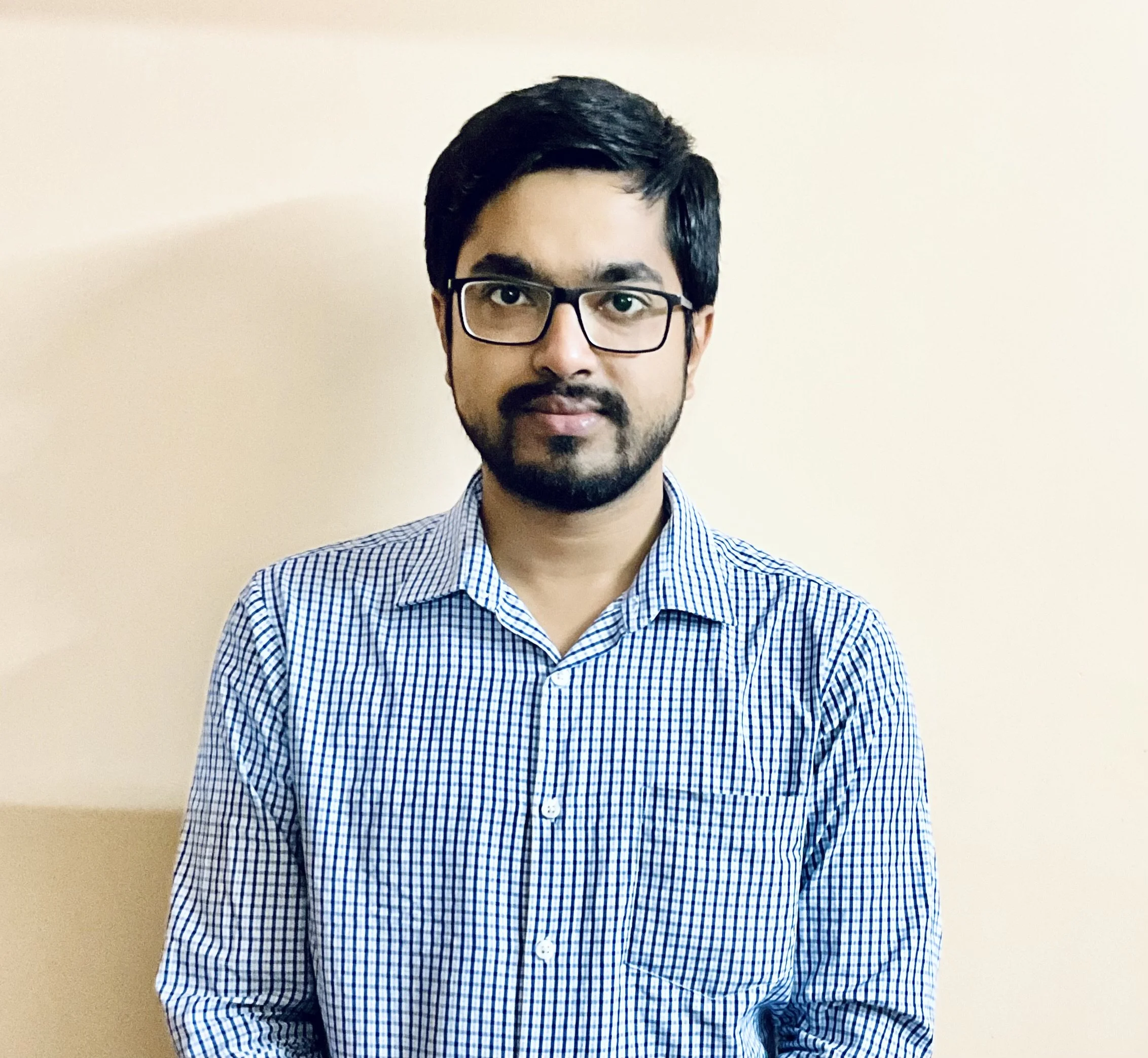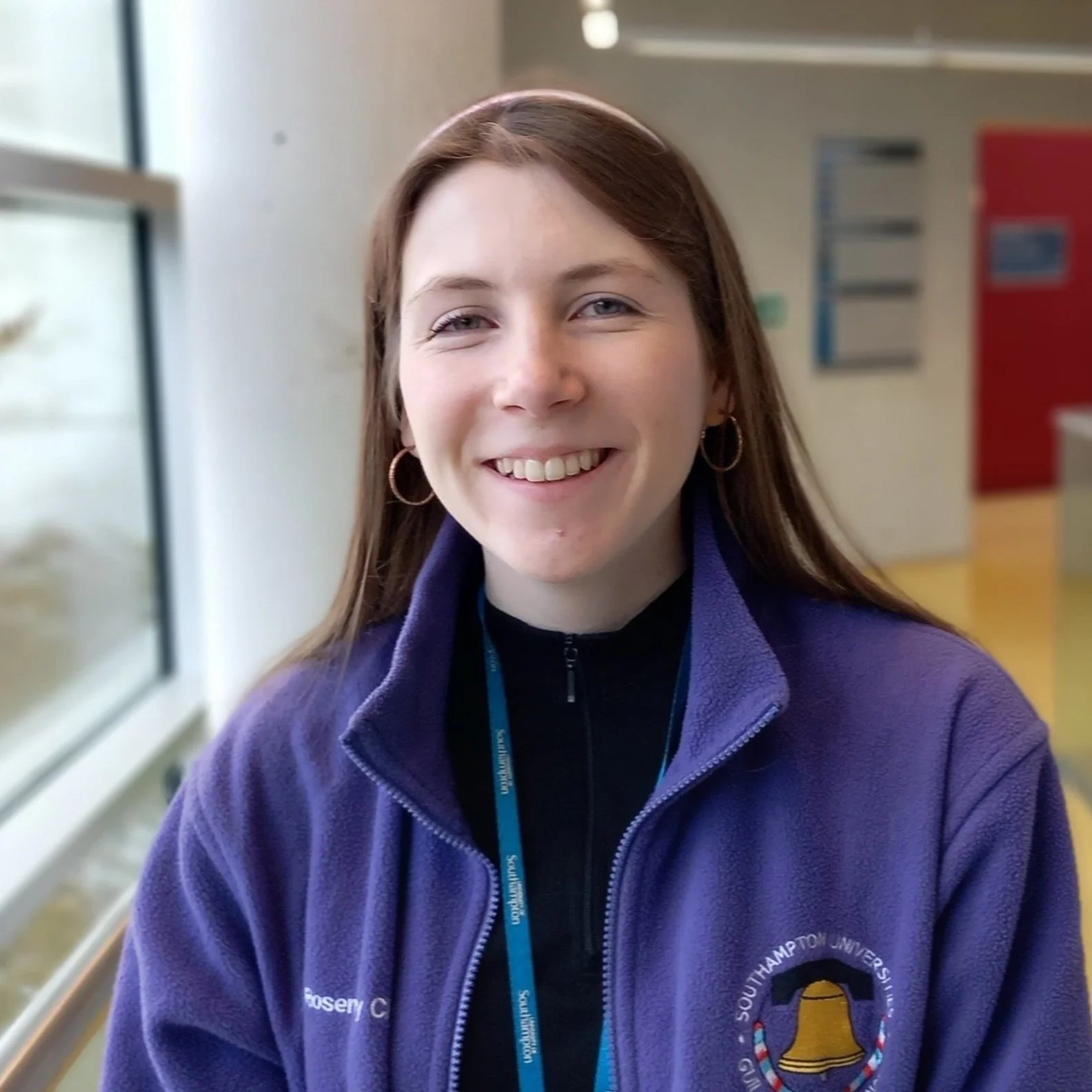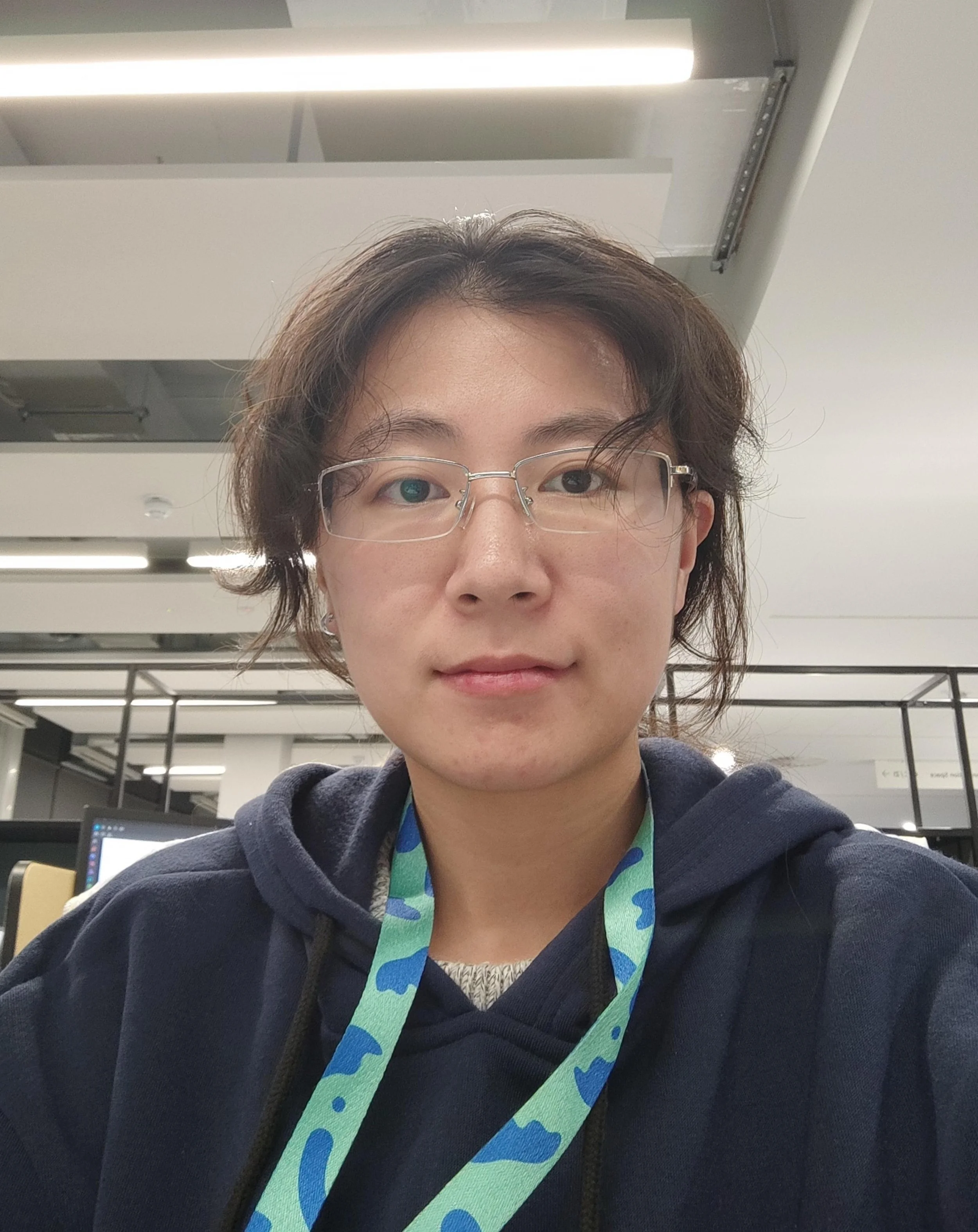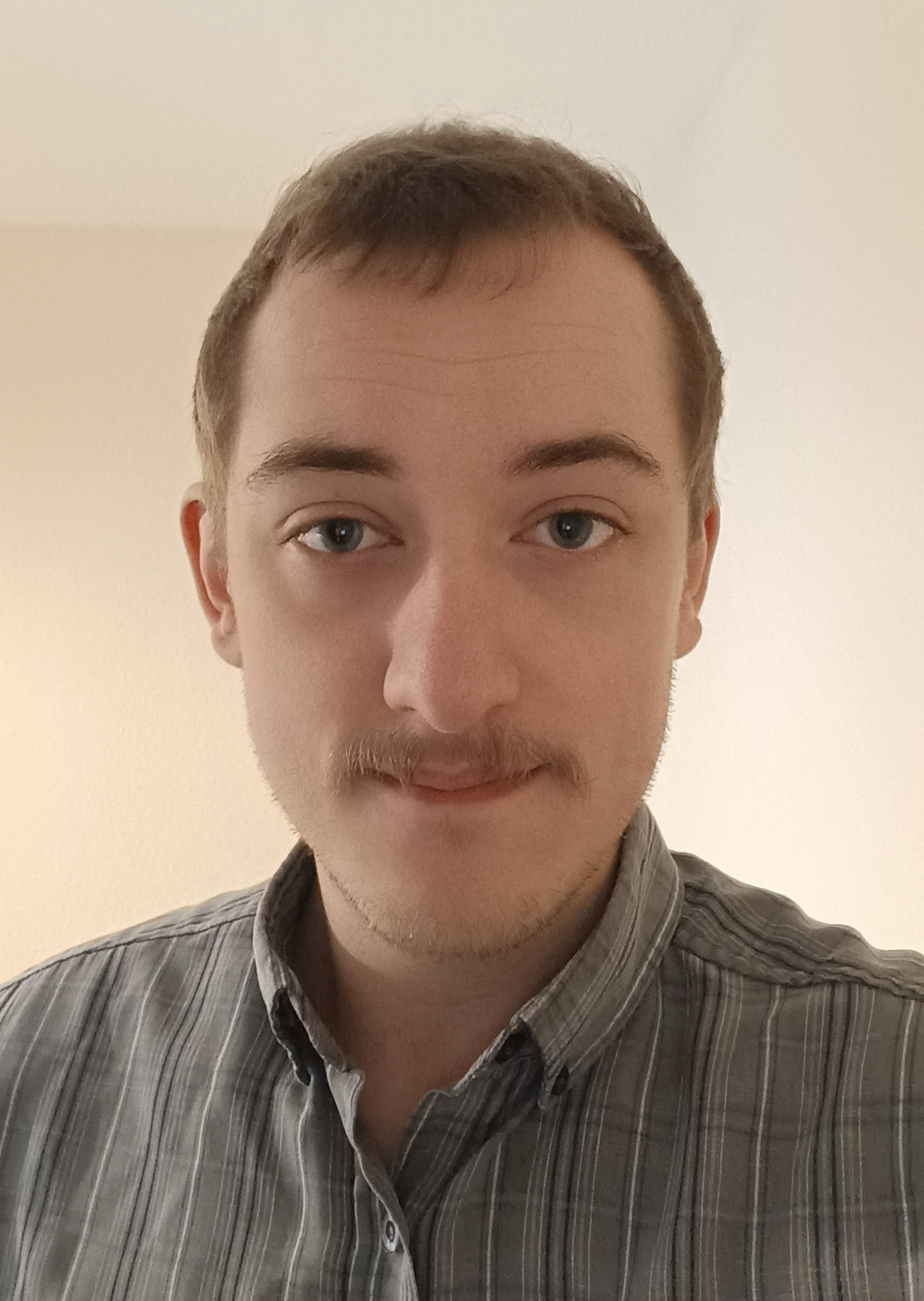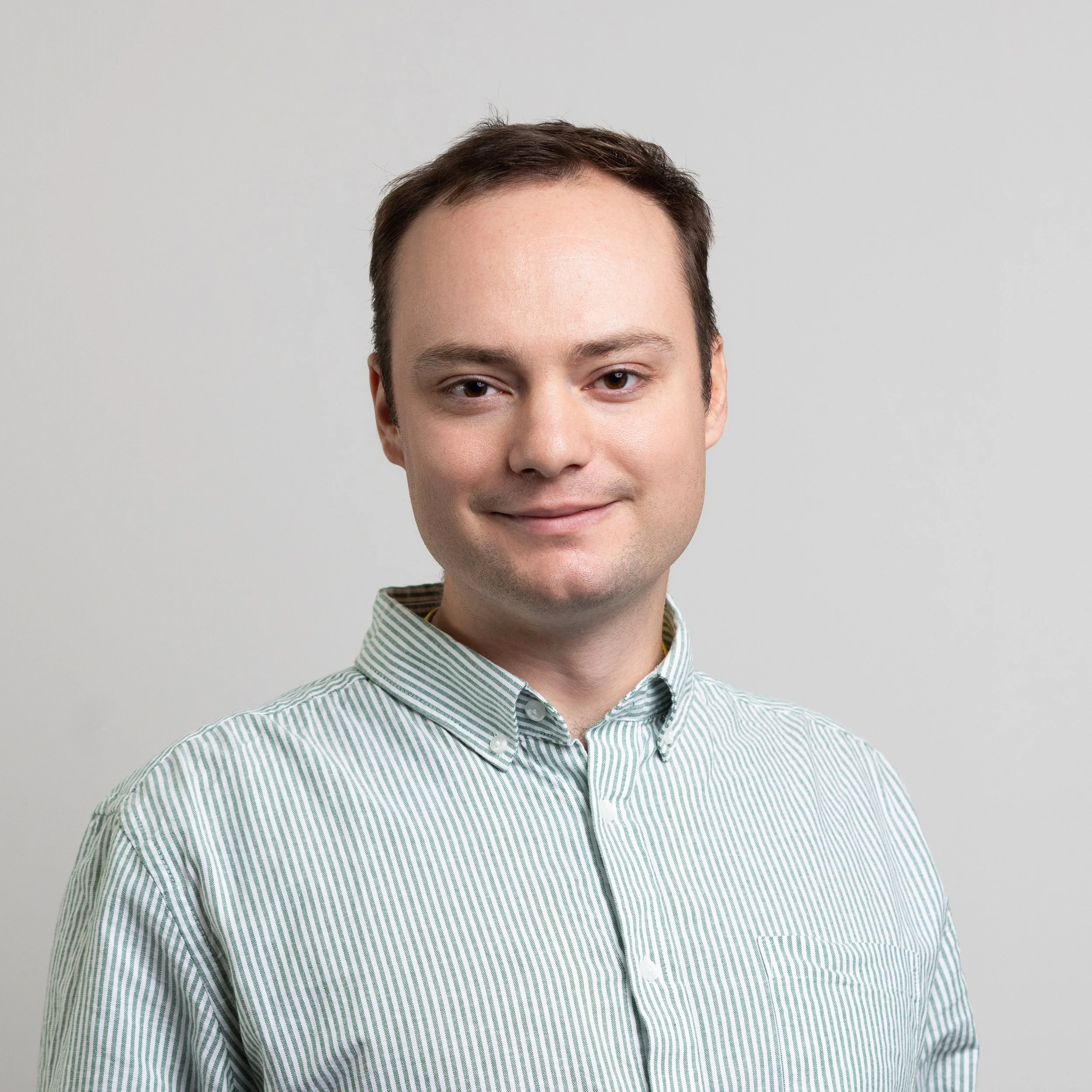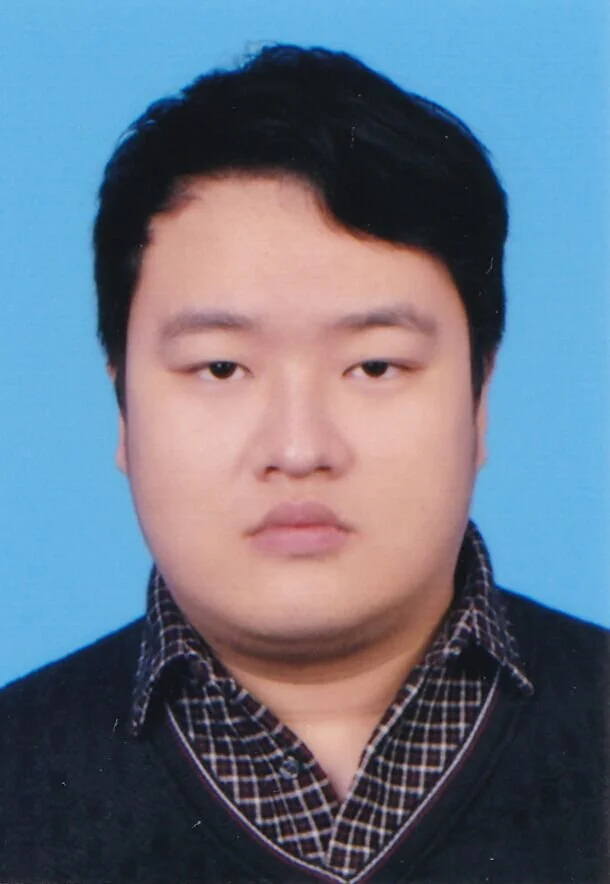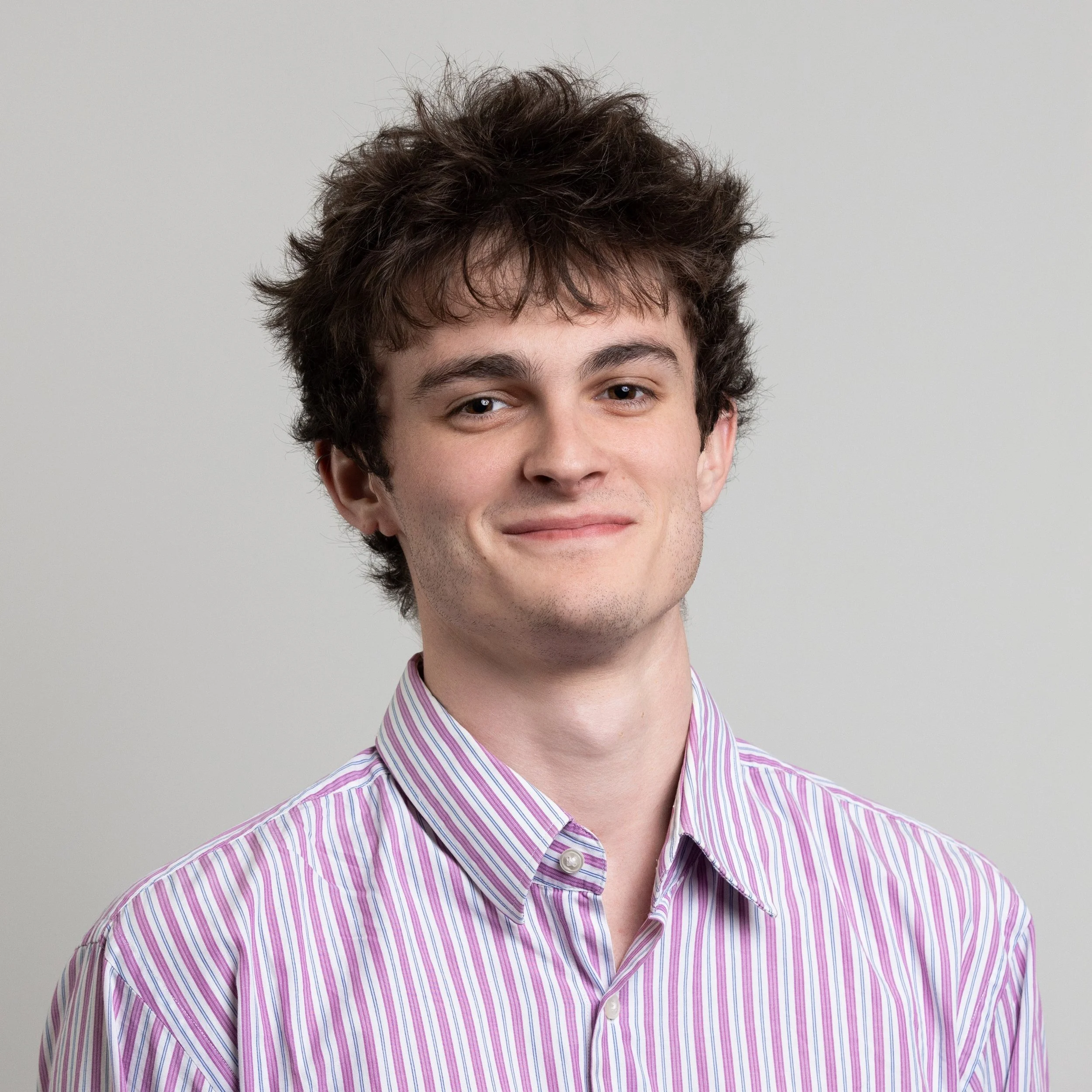
The Team
Professor Michalis Zervas
Principal Investigator
-
Professor Michalis Zervas is a Royal Academy of Engineering Chair in Advanced Fibre Laser Technologies for Future Manufacturing, and Principal Investigator for the HiPPo Programme Grant. His research activities include advanced optical fibre amplifier configurations, high power fibre lasers, fibre DFB lasers, Bragg grating theory and devices, surface-plasmon effects and devices, optical microresonators, and non-linear fibre optics. He is a co-founder of Southampton Photonics Inc., a University of Southampton spin-off, now Trumpf Lasers UK, manufacturing high power fibre lasers, where he served as Chief Scientist from 2003 to 2016. He has authored/coauthored over 340 technical publications, about 40 patents/patent applications (of which 20 are granted) and has served on various conference program committees.
Dr Ben Mills
Programme Manager
-
Dr Ben Mills is a Principal Research Fellow in the Optoelectronics Research Centre (ORC), where he leads a group at the interface of laser machining and deep learning. He has 15 years of experience in intelligent laser machining, with around £11 million in grant funding, 150 publications, and 20 invited talks in this area. In 2023, he received “The Top 100 in Photonics” award and “The AILU Innovation Award” for his breakthroughs in AI and lasers. He is the Programme Manager for the HiPPo Programme Grant.
Professor Andy Clarkson
-
Professor Andy Clarkson is a Fellow of the Optical Society of America, and leads the Advanced Solid‐State Sources group at the ORC. His principal research interest is the development of novel coherent light sources with particular emphasis on power‐scaling and brightness scaling of fibre and bulk (crystal‐based) solid‐state lasers and amplifiers, thermal effects and their mitigation, optical resonators and mode control, diode pump coupling schemes and nonlinear frequency conversion. He has published over 400 conference and journal papers, and served on a very wide range of editor and committee positions.
Professor Johan Nilsson
-
Professor Johan Nilsson leads a research group on high power fibre lasers. His main areas of interests are guided-wave lasers and amplifiers, nonlinear optics, fibre optics, as well as optical communications and other applications of lasers and optoelectronics. His research has covered system, fabrication, and materials aspects of guided-wave lasers and amplifiers in industry and academia, including the first fibre laser with over 1 kW of output power in a nearly diffraction-limited beam, the first cladding-pumped fibre Raman laser, and several record-breaking demonstrations in the field of single-frequency and pulsed sources, sources for beam combination.
Professor Jayanta Sahu
-
Professor Jayanta Sahu leads the Silica Fibre Fabrication Group at the ORC, where his research focus is on optical materials, fibre lasers and amplifiers, and speciality optical fibre fabrication for telecommunications, fibre lasers and amplifiers, and sensing. He has been involved in various pioneering research projects including the development of kW-class laser fibres, and the next generation of telecom fibres and amplifiers. His work has led to the demonstration of several world records in the field of high-power fibre lasers, and led to over 500 articles in scientific journals and conferences in the area of optical fibre technology.
Dr. Peter Horak
-
Dr. Peter Horak is Associate Professor at the ORC and heads the Computational Nonlinear Optics group. He obtained an MSc degree in Theoretical Physics in 1993 and a PhD degree in Theoretical Quantum Optics in 1997 from the University of Innsbruck, Austria. He held research positions at the University of Innsbruck, at the Ecole Normale Superieure in Paris, France, and at the University of Strathclyde in Glasgow, UK, before joining the ORC in 2001. His main research interests are in the theory and numerical simulation of a wide range of photonic systems, from fundamental physics to photonics engineering, with a particular focus on multimode nonlinear optics and quantum technology. He has published over 360 peer-reviewed journal and conference papers.
Dr. Yongmin Jung
-
Dr. Yongmin Jung is a distinguished Principal Research Fellow at the ORC, with over 20 years of expertise in specialty optical fibres, optical amplifiers and beam shaping techniques. He currently leads the work package 3 in the Hippo project, focusing on advanced beam shaping and beam delivery technology. Dr. Jung’s research involves exploring diverse beam shaping methods to establish the foundation for reconfigurable beam shaping and ‘smart photon’ delivery. He has authored three book chapters, holds six patents, contributed to over 380 scientific papers, and has an H-index of 48.
Professor Sir David Payne
KBE CBE FRS FREng
-
Professor Sir David Payne KBE CBE FRS FREng, is a research pioneer in photonics, with numerous international awards, and is regarded as the most highly honoured UK scientist in photonics. His contributions are acknowledged as seminal in many areas of optical telecommunications, one of the greatest scientific successes of the last three decades. His work spans many areas of photonics, from optical sensors to nanophotonics and optical materials, and includes the silica fibre laser and the Erbium-Doped Optical Amplifier (EDFA). He has made several of the key technical achievements in almost every area of optical fibre technologies and his work has had a direct impact on telecommunications, as well as nearly all fields of optical R&D.
Professor Dame Wendy Hall
DBE, FRS, FREng
-
Professor Dame Wendy Hall, DBE, FRS, FREng is Regius Professor of Computer Science, Associate Vice President (International Engagement), and is an Executive Director of the Web Science Institute at the University of Southampton. One of the first computer scientists to undertake serious research in multimedia and hypermedia, she has been at its forefront ever since. The influence of her work has been significant in many areas including digital libraries, the development of the Semantic Web, and the emerging research discipline of Web Science. She is well known for her development of the Microcosm hypermedia system in the mid-1980s, which was a forerunner to the World Wide Web. In addition to playing a prominent role in the development of her subject, she also helps shape science and engineering policy and education.
Dr. James A Grant-Jacob
MInstP
-
Dr. James A Grant-Jacob MInstP, is a Senior Research Fellow, and has worked in a variety of areas, ranging from high harmonic generation and phase retrieval, to DNA sequencing, laser-induced forward transfer (LIFT), pulsed laser deposition, laser fabrication, laser machining, sensing and imaging. Using grants from Nvidia, he and his colleagues have used deep learning for improving a variety of laser-based processes. He has over 150 publications in peer-reviewed journals and conferences, which includes work with NASA on manufacturing lasers for greenhouse gas detection, and presenting work at the Houses of Parliament.
Dr. Konstantin Bobkov
-
Dr. Konstantin Bobkov graduated as a specialist in optical materials engineering from Moscow State University of Instruments Engineering and Computer Science in 2012. In 2019, he received his Ph.D. in laser physics from Prokhorov General Physics Institute of the Russian Academy of Sciences in Moscow, Russia. Since 2012 to 2022 he worked in the Specialty Optical Fibers laboratory in Dianov Fiber Optics Research Center of the Russian Academy of Sciences in Moscow, Russia. In 2023 he joined Optical Research Centre in Southampton, United Kingdom. His primary research concerns are high-power fiber lasers and detrimental effects limiting its average power scaling.
Dr. Richard Švejkar
-
Dr. Richard Švejkar received his master’s degree in Laser technique and electronics in 2016 and his PhD degree in Physical Engineering in 2021 at the Faculty of Nuclear Sciences and Physical Engineering at Czech Technical University in Prague. During the last seven years Richard’s main research area was near- and mid-infrared free-space solid-state lasers, predominantly erbium and iron-based laser gain media emitting from 3 to 5 µm. His main research interest is now focused on high-power thulium fibre lasers generating laser radiation around 2 µm. He is the author of more than 40 journal and conference papers, and is a member of the Optica and SPIE.
Dr. Nilotpal Choudhury
-
Dr. Nilotpal Choudhury is a Research Fellow, and is involved in the development of Novel fibre and fibre materials. His prime area of research includes the fabrication of Silica based specialty optical fibre using Modified Chemical Vapour Deposition (MCVD) Chelate delivery and Solution doping technique for different industrial and medical applications. His research activity involves optimization of process technology for different core glass structures and novel designs suitable for high power fibre lasers and amplifiers. He has 12 published articles in different Scientific journals and Conference proceedings in the field of Optical fibre technology.
Dr. Manuel Alessandro Medina
-
Dr. Manuel Alessandro Medina is a research fellow, focussing on high-power narrow-linewidth green and UV generation. He received his master’s degree in Experimental physics from the University of Trento in 2018, and from 2019 to 2022 worked at the French-German Research Institute of Saint-Louis (ISL), obtaining his Ph.D. in physics from the University of Aix-Marseille, France. His main research area was the study of power scalability of mid-infrared Optical Parametric Oscillators emitting into the 3-5 µm spectral region.
Rosemary Clark
-
Rosemary Clark received the MSc degree in Physics from the University of Southampton in 2022. Now she is working towards her PhD at the Optoelectronics Research Centre in Southampton, United Kingdom. Her main research area is the profiling of glass preforms and the development of high power, long wavelength fibre lasers.
Changshun Hou
-
Changshun Hou received the B.S. degree in science from Nanjing University of Aeronautics and Astronautics, Nanjing, China, in 2019, and the MSc degree in Optoelectronics from Huazhong University of Science & technology, Wuhan, China, in 2022. Now he is working on his Ph.D. degree in high-power fiber lasers and amplifiers.
Yuchen Liu
-
Yuchen completed her BEng at Anhui University, China with the dissertation ‘Accurate prediction of nuclear β-decay half-lives by neural network’. Yuchen graduated from the University of Southampton, UK with the thesis ‘Deep Learning for Phase Control in Coherent Beam Combination’ to complete her MSc. Yuchen is now working on selective laser cleaning by using deep learning for the project.
Dr. Qiubai Yang
-
Dr. Qiubai Yang completed his Ph.D. at the Shanghai Institute of Optics and Fine Mechanics, Chinese Academy of Sciences, where he specialized in the development and application of specialty active fibers for high-power narrow-linewidth fiber lasers. His research interests include designing and fabricating high-performance active fibers and advancing fiber laser sources. Currently, he is contributing to the HiPPo project as a Research Fellow, focusing on cutting-edge advancements in fiber optics and laser physics.
Kate Callaghan
Tom Harris
-
Tom received his master's degree in physics at the University of Bath in 2022 and is now a PhD student in the Advanced Solid-Sate Systems group at the ORC. His PhD research is focused on power-scaling lasers at 1.5μm for improved eye-safety laser cleaning. Currently, he is developing the use of CO2 lasers for novel silica fibre preform machining, for research into new optical fibre designs.
George Hannen
-
George is PhD student currently studying at the University of Southampton. He graduated from the University of Surrey in 2023 with his final project focusing on gamma-ray spectrometry of naturally occurring radioactive material. His research focuses on the power scaling of thulium-doped fibre lasers closer to their fundamental limit. This entails scaling continuous wave thulium systems by investigating ways to increase their efficiency and mitigate thermal effects while in operation.
Dominic Blackledge
-
Dominic received his MPhys from the University of Kent, United Kingdom, in 2022. He is currently working towards his PhD at the University of Southampton, where his main research focus lies on the realisation of multi-functional Coherently Combined fibre laser amplifiers
Yuhang Huang
-
Yuhang received the B.S. degree in Mechanical design, manufacturing and automation from Jimei University , Xiamen, China, in 2022, and the Master degree in Mechanical Engeneering from Chongqing University, Chongqing, China, in 2025. He is now working on his Ph.D. degree in Revolutionising Specialty Optical Fibre Fabrication with Machine Learning.
Dr. William Kerridge-Johns
-
William’s background is in novel ways to create structured light from lasers. His focus has been generating vortex beams, which are ring shaped and carry angular momentum. He has developed numerous ways to achieve this, including coupled lasers and interferometric mode-converting output couplers, creating sources in the visible and infrared, fibre and solid-state. He explored this area with an Imperial College Research Fellowship, and now is a Senior Research Fellow with HiPPo working on kW-class coherent beam combination from fibre amplifiers.
Dr. Yunhui Xie
-
Dr. Yunhui Xie received his Ph.D. in 2022 from the University of Southampton, specialising in the exploration of light-matter interactions through the application of advanced computer vision and control algorithms. His academic interests lie at the intersection of machine perception and optimal control, particularly within expansive action spaces.
Dr. Xiaoshan Huang
-
Dr. Xiaoshan Huang received her M.S. degree from University of Science and Technology Beijing in 2019, specializing in optical fiber device design and fabrication. After that, she obtained her PhD from Guangdong University of Technology, focusing on multimode nonlinearity. She is now a research fellow at University of Southampton, working on beam shaping.
Connor Sheehan
-
Connor’s research aims to identify the limitations in power scaling two-micron fibre laser systems and develop strategies to improve their scalability. The main area of focus is the use of Thulium doped fibres to create efficient laser systems in the high peak power pulsed regime
Fedor Chernikov
-
Fedor received his bachelor’s degree from the NRNU MEPhI- National Research Nuclear University Moscow Engineering Physical Institute). His bachelor’s project focussed on light and matter interaction, the simulation of quasi stationary currents of fast electrons when irradiating heavy targets with a high-power laser pulse. He completed his MSc in Coherent Beam Combination and phase identification using CNN at the University of Southampton. He is now working on his PhD in the same subject area.
Jack Drury
-
Jack received his MPhys degree at the University of Southampton in 2024. Jack completed his final project during an industrial placement at TRUMPF Laser UK, where he was studying the generation of defects in fibre preforms under different types of laser irradiation. Jack is now researching the degradation effects arising from high peak powers in pulsed fibre lasers.
Emily Joy Jones
Zedi Zhang
-
Zedi’s MSc thesis objective involves the simulation and construction of an Offner-Stretcher and Compressor pair of Chirp Pulse Amplification for a mid-infrared laser with a wavelength of 2400 nm. Simultaneously, she was involved in spectroscopy research of absorption and emission detection of Cr:ZnSe/Cr:ZnS materials. Zedi’s internship refers to the investigation of Self-Mode-Locked Thulium-doped ultrashort pulses lasers. She also completed several topics of Diode-Pumped Solid-State Lasers (DPSSLs), such as “Testing Process of Laser Detection Automation for DPSSLs”, “Design and Process Optimization of Alignment-Free DPSSLs for wavelengths of 532/561/556 nm” and “Optimization of a 946/473 nm DPSSL”.
Dr. Sooraj Mundakkolly Sureshbabu
-
Sooraj has a background in Physics, having begun his academic journey with an M.Sc. in Physics from Cochin University of Science and Technology (CUSAT). He went on to complete both his M.Tech and Ph.D. in Photonics at the Indian Institute of Technology Madras (IIT Madras). His doctoral research focused on coherent beam combination using fiber amplifiers, with a particular emphasis on non-intrusive off-center feedback methods for phase synchronization.He is currently working as a Senior Research Assistant on the HiPPo project, contributing to advanced research in coherent beam combination.
Mihai-Stefan Merlas
Daniel Elmar
-
Daniel received his MSc in Computer Science from the University of Southampton in 2024, with dissertation title "Marine IoT Surface Communication Technologies For A Robot Swarm". He has subsequently decided to switch paths to pursue his interests in laser physics. He is now in his first year working towards his Ph.D. at the Optoelectronics Research Centre in Southampton under supervision of Prof. Andy Clarkson. His main research area is in coherent combination of multiple tuneable fibres to create combined beams with varying intensity, phase and polarization profiles.
